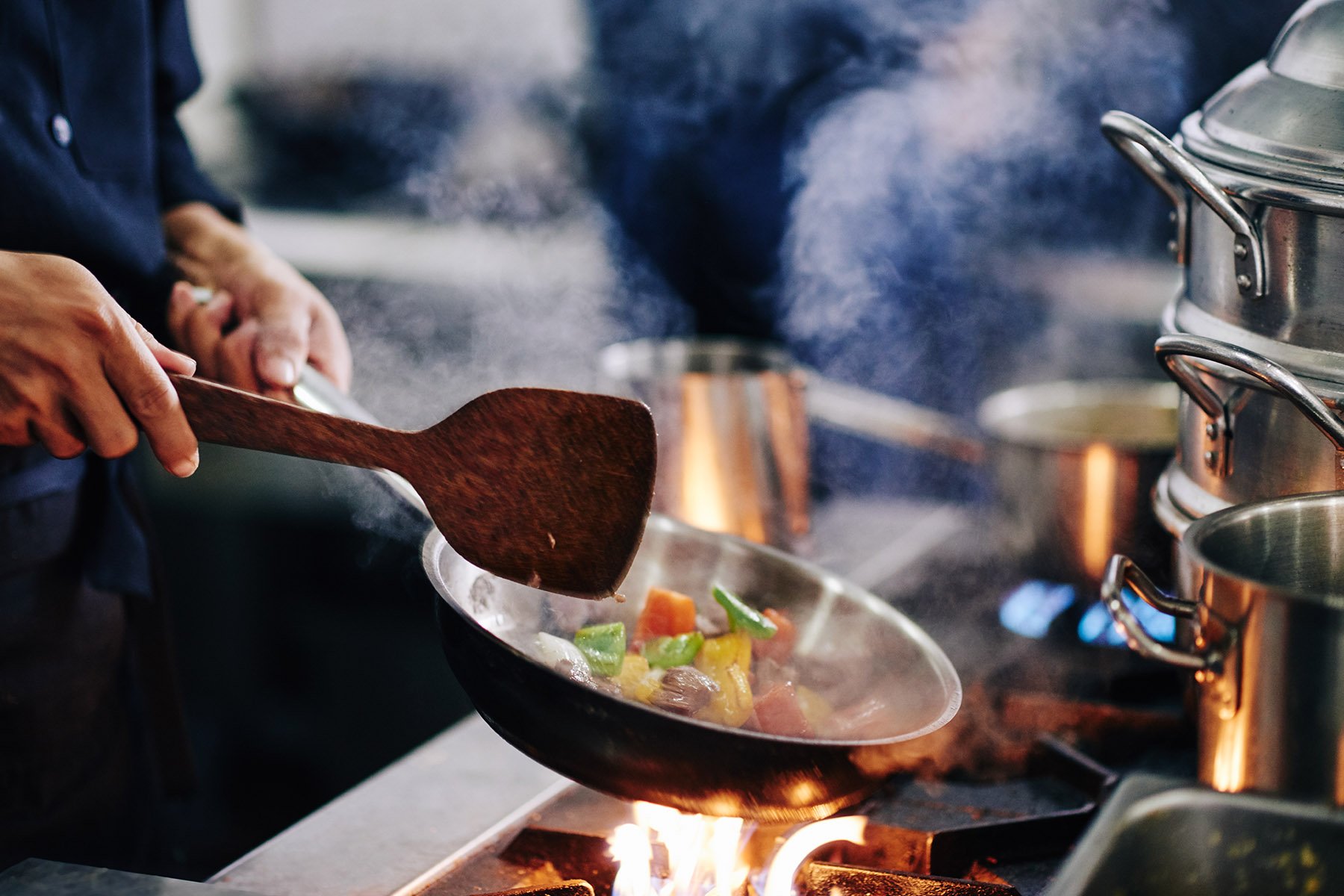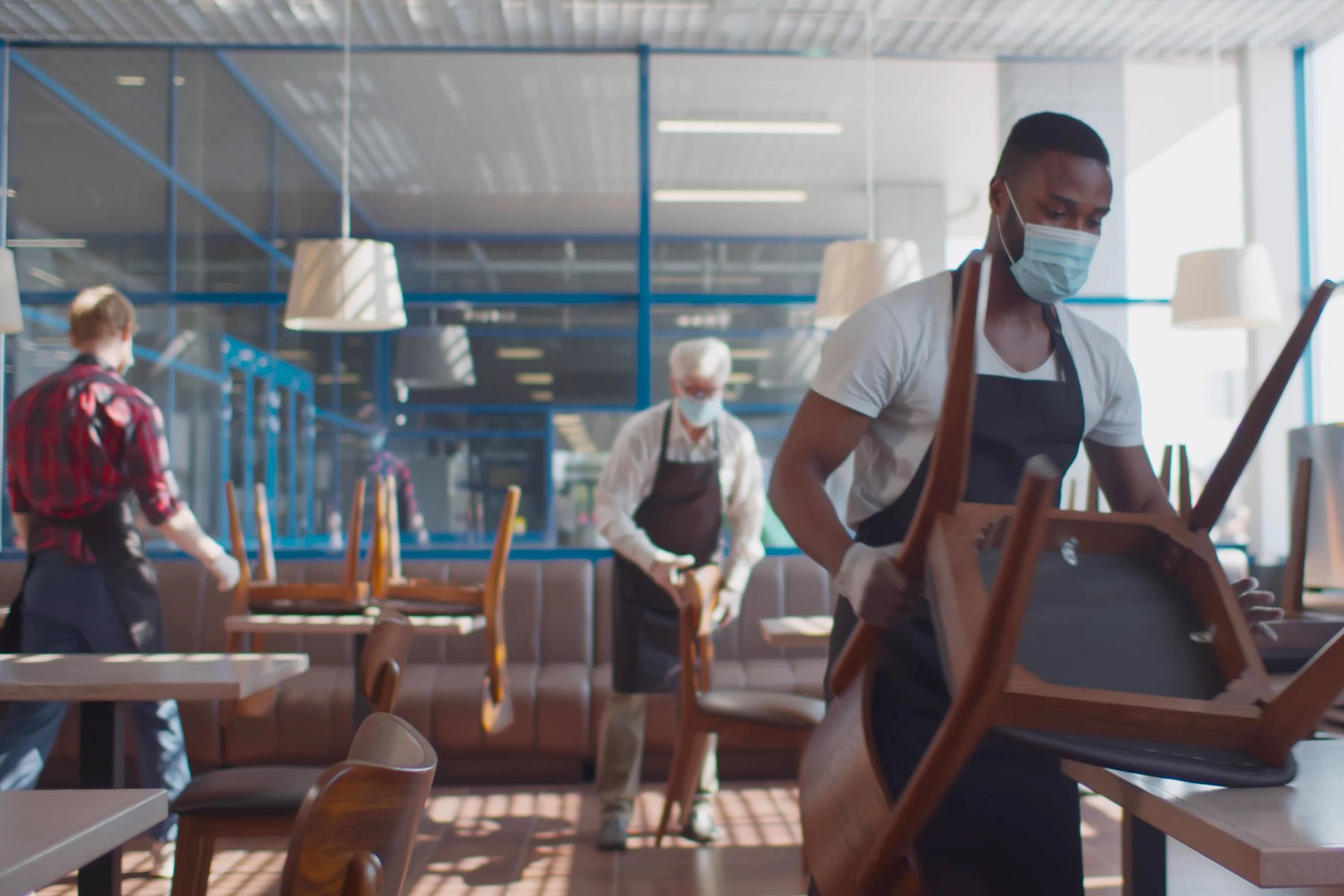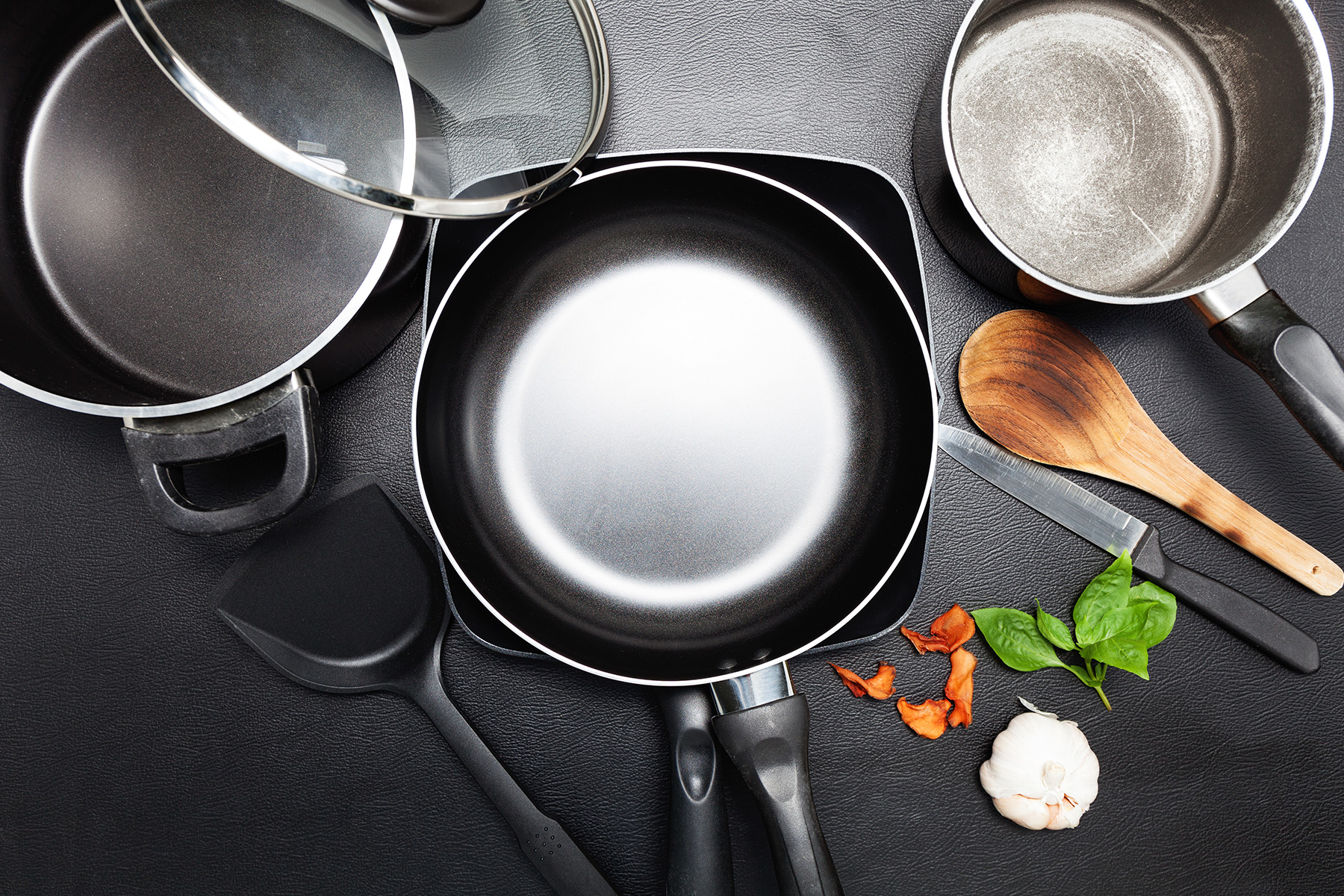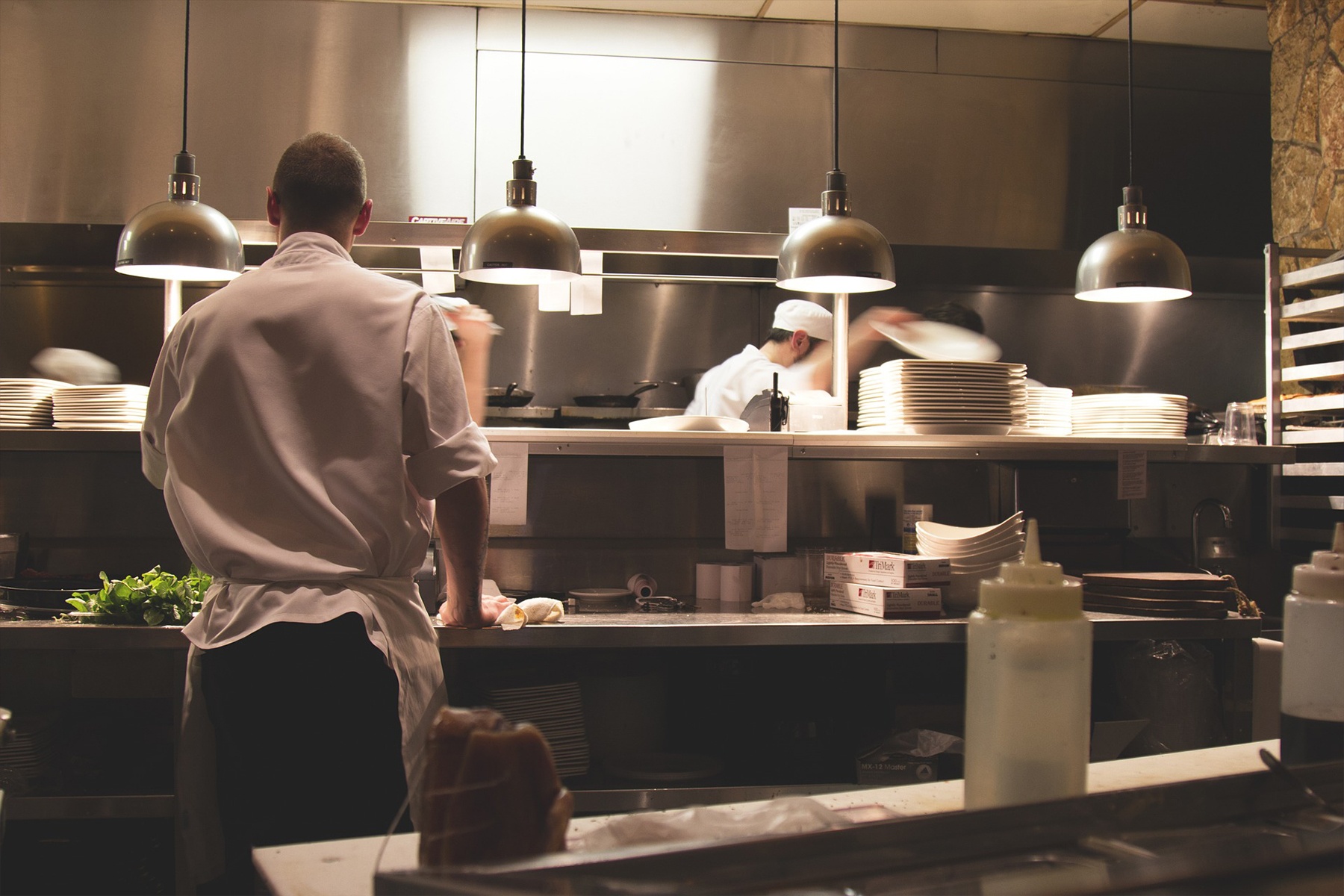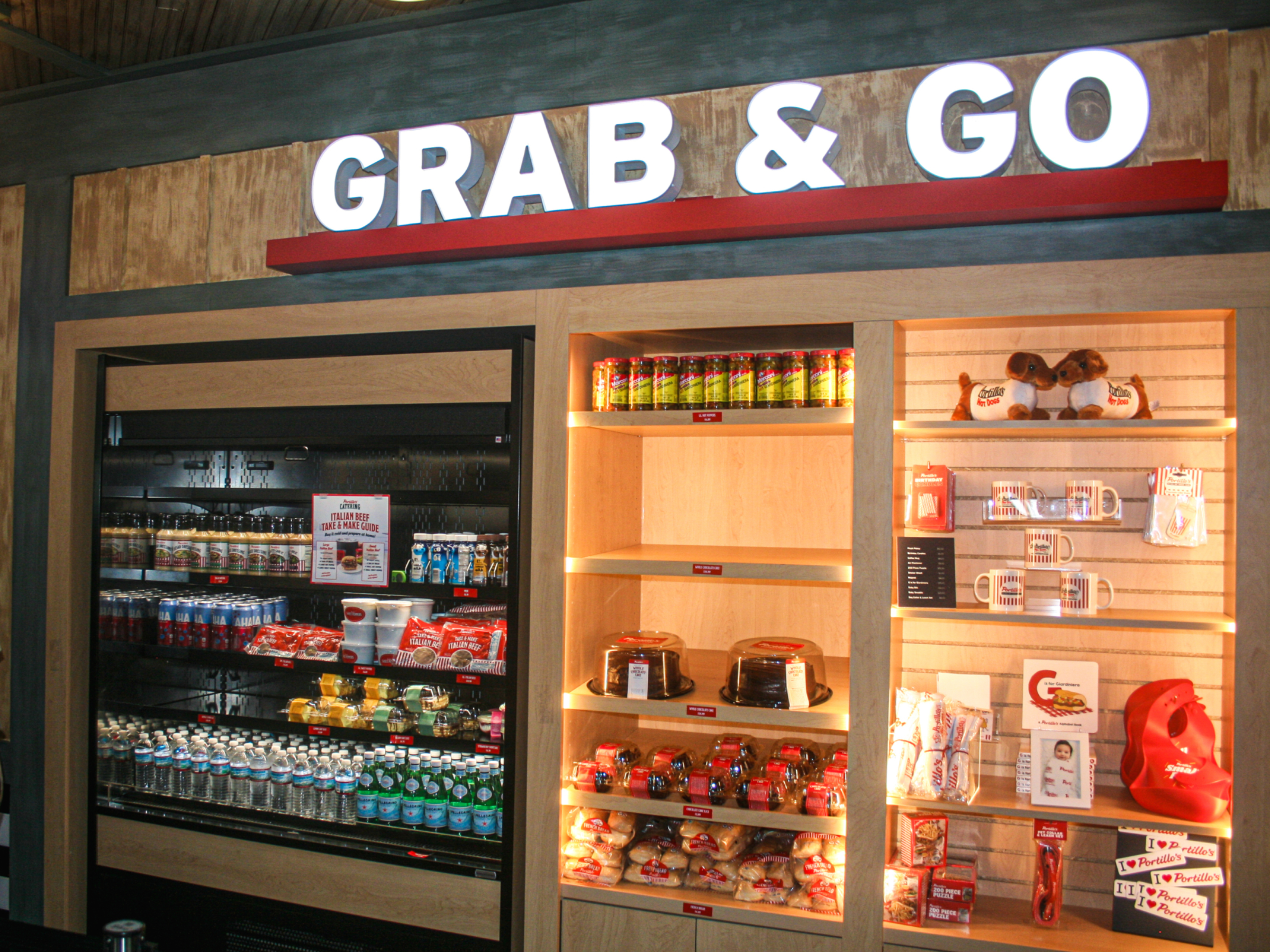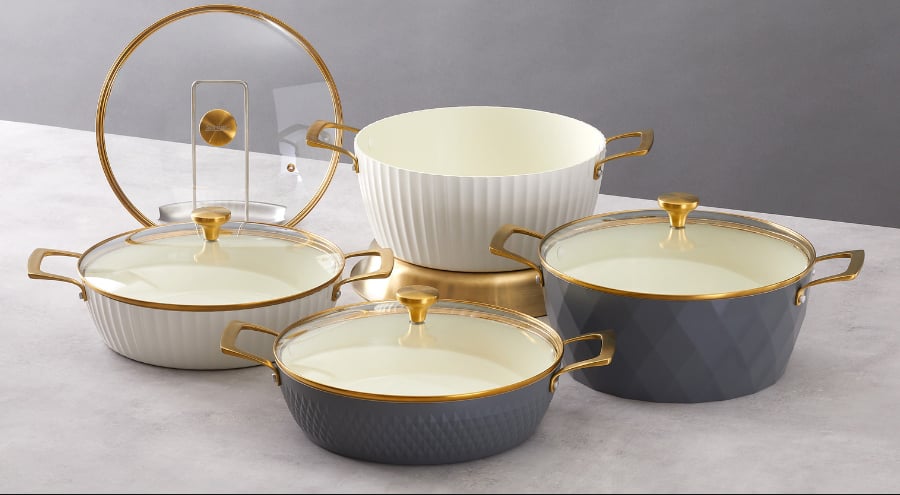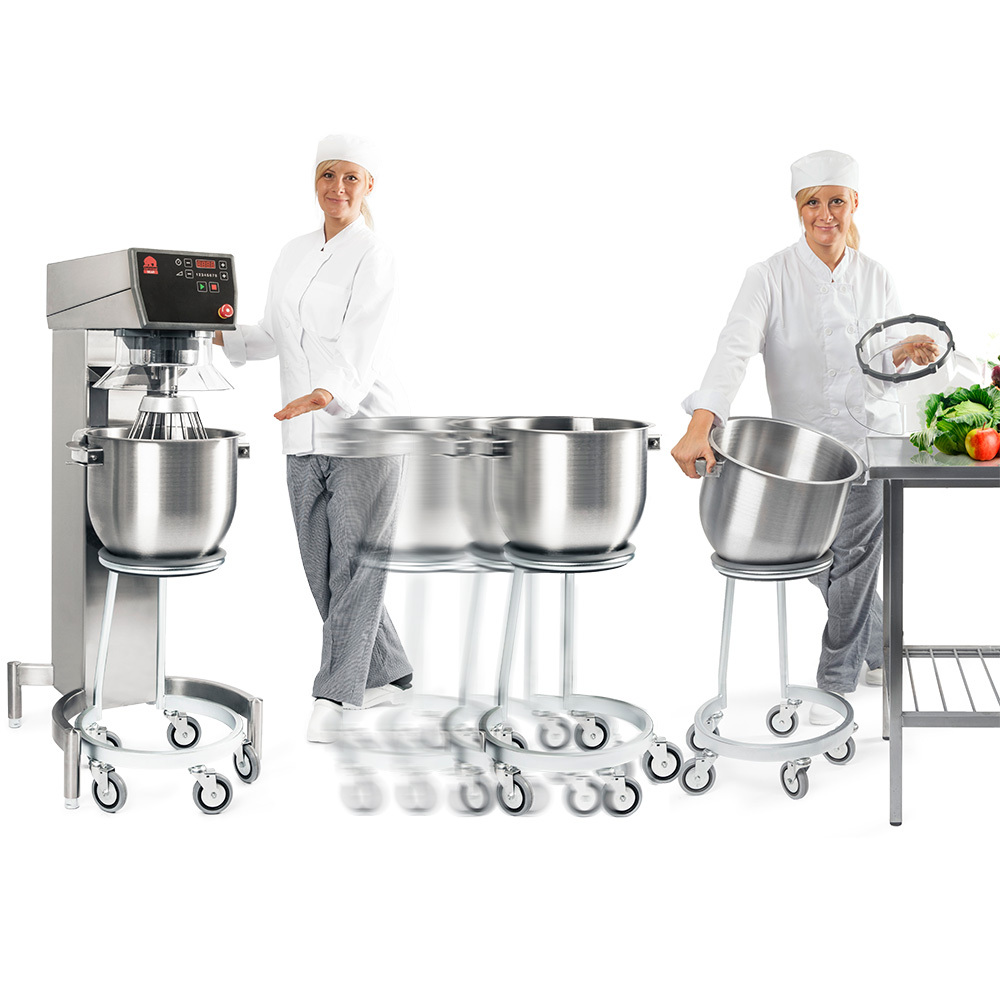It might be hard to believe, but there was a time in the NYC restaurant industry before COVID-19.
In those days without dining restrictions and capacity limitations, there was still a need for kitchen spaces where chefs could create meals that were strictly meant for delivery. These spaces—or “ghost kitchens” as they came to be called—allow eatery entrepreneurs to serve customers without the need for a traditional sit-down dining area.
And while the concept sounds like the perfect COVID-era invention, ghost kitchens were on the rise in the years before 2020. With the full advantage of hindsight, this report by Food & Wine from August 2019 reads as reluctant prophecy, proclaiming that “...delivery could take over all of a restaurant's business, and thus the restaurant itself isn't even needed anymore.”
We certainly don’t believe sit-down dining is ancient history in NYC, but ghost kitchens can and should be considered a major part of the foodservice industry’s future.
What Is A Ghost Kitchen?
Essentially, ghost kitchens are restaurants that will never seat you for service. In fact, you’ll never eat at a ghost kitchen unless you have a phone—and some place else to enjoy your meal.
A ghost kitchen is a commercial kitchen made for delivery only. These professional food prep and cooking facilities use a skeleton crew to cook and deliver, allowing the restaurant to focus on high-volume takeaway, without the distraction and added costs of dine-in hospitality.
Besides “ghost kitchen,” other colorful names for these facilities include shadow kitchen, dark kitchen, ghost line, and cloud kitchen, along with more procedural names like delivery-only restaurant, online-only restaurant, and delivery kitchen.
One important point to remember: A ghost kitchen is not necessarily affiliated with a single restaurant brand, instead containing kitchen space and facilities for multiple restaurants under one roof.
Well-Known Restaurants Get In The Spirit Of Ghost Kitchens
With the help of established names in the restaurant industry, ghost kitchens have evolved from shot-in-the-dark concepts to viable business ventures. Last month, fast-casual Mexican mega-chain Chipotle announced the opening of a restaurant format focusing entirely on pickup and delivery. The spot, located in Highland Falls, NY, is the chain's first attempt to cater almost exclusively to the growing digital ordering business.
Even before the pandemic became a national point of conversation in the restaurant industry and the world at large, eateries were entering the fray of this new-fangled approach to dining. Zuul Kitchens launched last year in Soho with a space for multiple restaurants to utilize as a homebase for their delivery efforts. The kitchen space was initially home to salad chain Sweetgreen, the fast-casual Chinese-American spot Junzi, and Jewish deli Sarge's.
Why Consider A Ghost Kitchen?
Before we even talk about how the coronavirus has altered the dining scene, the online food delivery business skyrocketed to a net worth of $5 billion in the first two quarters of 2018, with experts predicting the market could serve as much as $365 billion by 2030. With numbers like those, it seems that—COVID or no COVID—the growth of delivery-only food prep establishments was always an inevitability.
Busting onto the ghost kitchen scene is about more than merely taking advantage of the online-ordering trend. There are a handful of very real benefits to considering a foray into this paranormal restaurant scene.
Reduced Rent. Everyone who’s in the restaurant business knows precisely how expensive it can be to operate, especially in NYC. But rather than deal with the high rent in trendy neighborhoods, ghost kitchens can be set up anywhere and do not have to rely on high-traffic areas for business.
Lower Overhead. Decorations, table linen, high-end glassware, tables, chairs—these are only a few examples of the overhead that requires money when you own a restaurant. None are necessary in a ghost kitchen and there is also no need for a front-of-house staff.
Streamlined Workflow. Cooking for both an in-house dining area as well as delivery and takeout brings many logistical challenges. Ghost kitchens can optimize kitchen space and potentially sharpen focus on quality, consistency, and even creativity.
Speed To Market. The costs associated with establishing a full-scale restaurant could lead to delayed openings, whereas the time it takes to get a ghost kitchen up and running is far shorter. This gets your eatery onto the delivery apps much more quickly.
Click here to learn how restaurants should navigate online ordering apps!
Ghost Kitchens Move Toward The Light
There’s no question that the existence of ghost kitchens—both official and unofficial—helped the restaurant industry stay afloat during the height of the COVID-19 quarantine restrictions. Large restaurants and small eateries alike were able to stay open and serve frontline workers, the food insecure, and their regular customers.
And the concept of ghost kitchens is crossing over into a new plane of existence, with online media website Thrillist announcing a new collaboration with NYC restaurants beginning Dec. 9. The effort sees Thrillist teaming up with 10 landmark NYC restaurants to offer delivery of iconic and exclusive dishes—with Thrillist covering the cost of food, labor, packaging, and delivery to offset the financial hardships already faced by restaurants this year.
Learn more about the Thrillist’s ghost kitchen project here.
What Do You Need For A Ghost Kitchen?
While a ghost kitchen establishment includes an oven, stovetop, and other commercial kitchen mainstays, you need to fill out the space with supplies and equipment to suit your specific menu. This can include certain preparation equipment, as well as to-go supplies.
Find out more by contacting a Sam Tell sales rep today!
